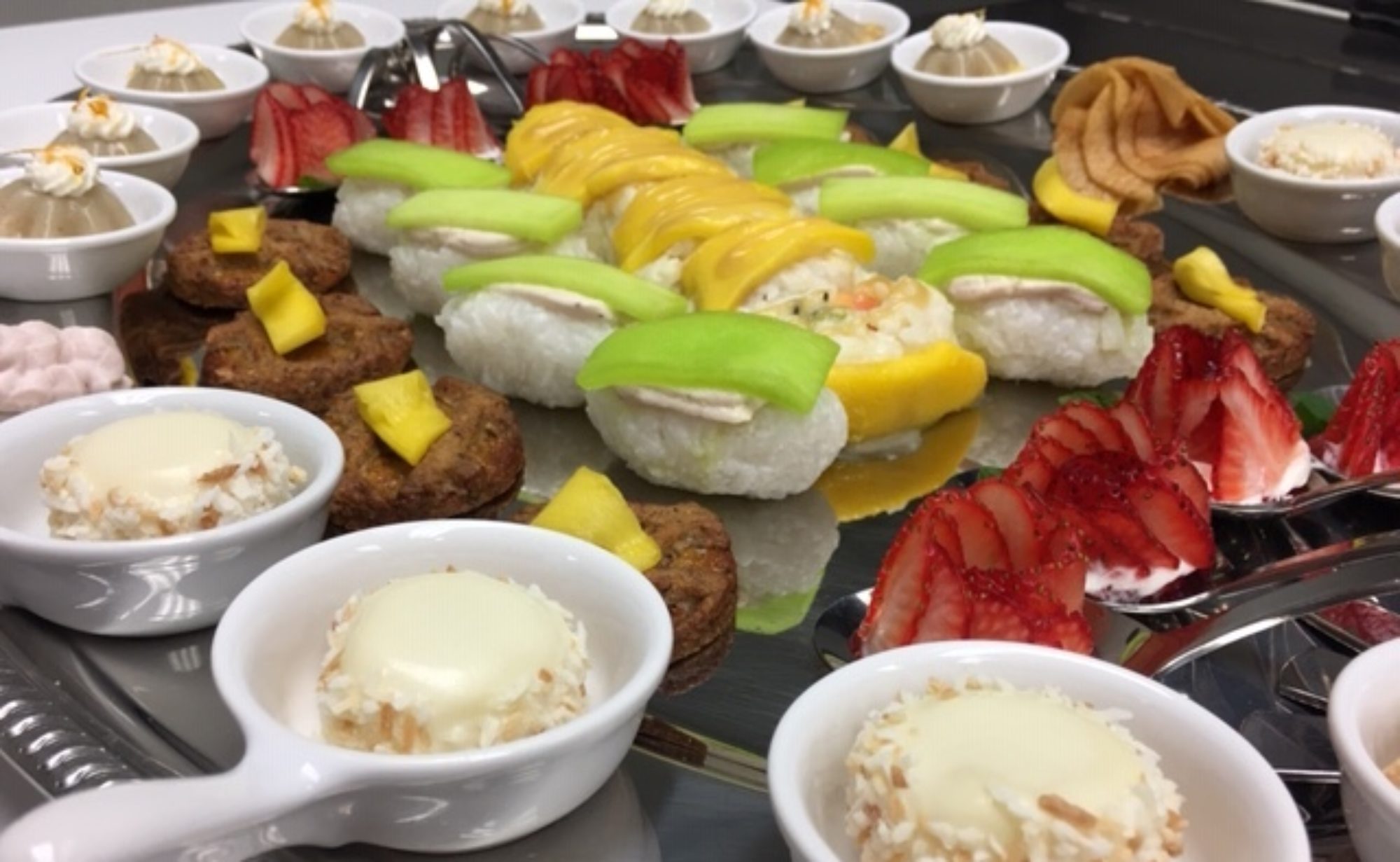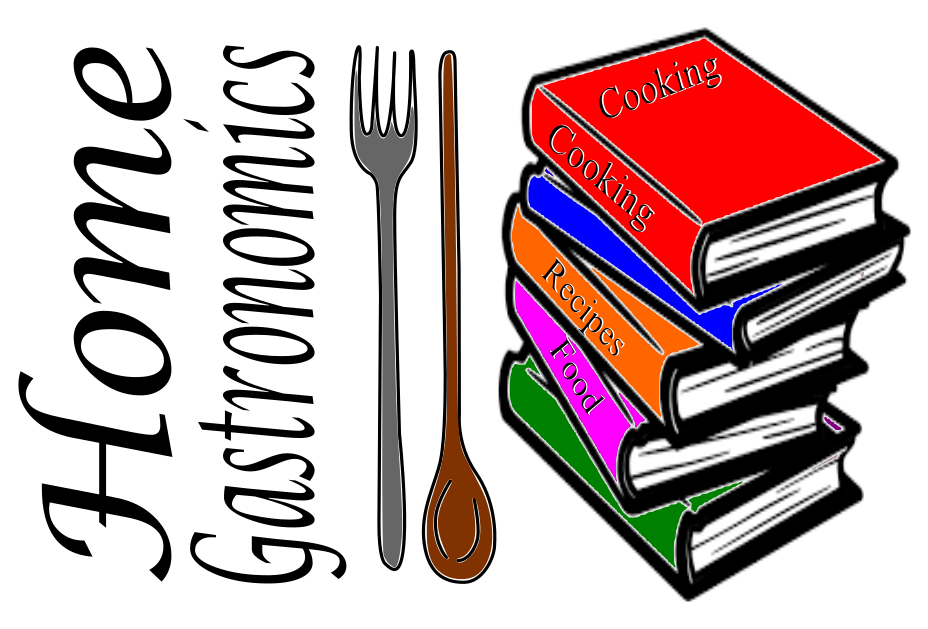
Greetings Padawans,
I’d like to start this post by saying that everything here is only my opinion. I may have researched it thoroughly using multiple top rated sources and any experience I may have garnered, but this doesn’t mean that someone might have a differing opinion.
Regardless of if you are working in a high end signature restaurant, planning a feast for 150, or simply cooking for the family… Portion control is one of the five most important things to know in any operation (along with recipe, yield, food cost, and labor cost)
Of these five things, portion control is the only one that affects every aspect of an operation, including some of the other five things. I’m going to show you how these connections are made as well as give some example situations.
Portion control begins with the recipe. The recipe will tell you how much product you need to purchase to produce a menu item. By knowing the yield of a recipe and the number of covers, or people you plan to serve, will let you know how much of the menu item you will need to produce. If your restaurant has multiple menu items sold a la carte, there are specific formula’s for figuring out the percentage of your business, based on past sales, each menu item will constitute. You should be sure to include a buffer in your production for any variance in guest ordering.
As an example, your restaurant is booked for 500 covers. Menu item “A” constitutes an average 20% of your sales over the past 2 months. It would be safe to say that you need to plan on selling 100 portions of menu item “A”. After considering the buffer, you might want to plan 120-150 portions. Let’s say menu item “A” is an 8 ounce crab cake. Your prep chef makes 60 lb of the batch mix, enough to cover the 120 portions. However, your prep chef is having an off day and their variance produces crab cakes that are 9-9.5 ounces in size. If you sell 110 crab cakes, you will run out before the last 2 guests are served because of the prep chef’s variance and lack of proper portion control.
This will also raise your food cost per plate and reduce your profit. Continued lack of control will likely cause you to increase production which further raises food cost and additionally will raise your labor cost. While you might think that a variance in the other direction (your prep chef is accidentally making 7 ounce portions), you would then be failing to meet your guests expectations which could lead to a loss in business or reputation.
It is also important to keep in mind what you will be serving. While a standard restaurant or home portion of a protein, let’s say roast pork, might be 6-8 ounces; there are times where this portion size will change. If you are planning a 6 course feast with 3 of the courses containing proteins, you will want to reduce the size of all of your portions to half or less.
“But why?” you ask…
People can only eat so much. Ok, so some people can eat more than others (“You be here FOUR HOUR!!”), In general a meal will only consist of a pound or less of food. If each course is planned as a meal unto itself, your 6 course feast will be giving over 5 pounds of food. While this might be good for the occasional Man v. Food challenge, it will make you cry when you start throwing away most of the food.
You will want to consider what your end goal is during the entire process from creating the menu, writing the recipes, all the way up to plating and serving.
All-you-can-eat and buffet venues provide a little bit more difficult picture to perceive. Buffets have the inherent problem of a lack of portion control due to the guest serving themselves. Some buffets have started utilizing carving stations or grill-to-order stations to exercise some control of the higher food cost items.
Portion control in an all-you-can-eat venue becomes a tool to allow the kitchen to keep up with demand. As every item has a specified preparation or cook time, and most kitchens have a production limit (only “X” amount of a product can be prepared at a time), portion control slows the pace of consumption so that production can stay ahead of the demand.
Another example, your restaurant starts dinner service with 3 pans of meatloaf which should provide 20 portions per pan. It is estimated that you will sell 30 servings of meatloaf per hour. 4 pans are in the oven but it takes 90 minutes to cook. If over-portioning occurs, you may run out before the next set of pans is complete or you may start using those pans before it is expected. This will eventually put you behind the 8-ball.
The largest problem is that over-portioning is not a one-time problem. It is uncommon for a single over-portion to occur in the middle of service and every other order would be fine. Instead, the common mistake is that you might start dead on, but gradually creep up in your portion sizes as service continues.
I do want to point out that portion control does not mean you need to weigh every chicken breast or use those unattractive portion scoops in the mashed potatoes. With practice, a good cook can visualize the correct portion size, or at the very least minimize variance. One way to help your servers or cooks visually keep a check on portion size is to have a sample plate or a plating photo set up at the service station or on the line.
Hopefully this will help you in your next venture, or at least provide something to think about. Until next time…
May The Food Be With You.

